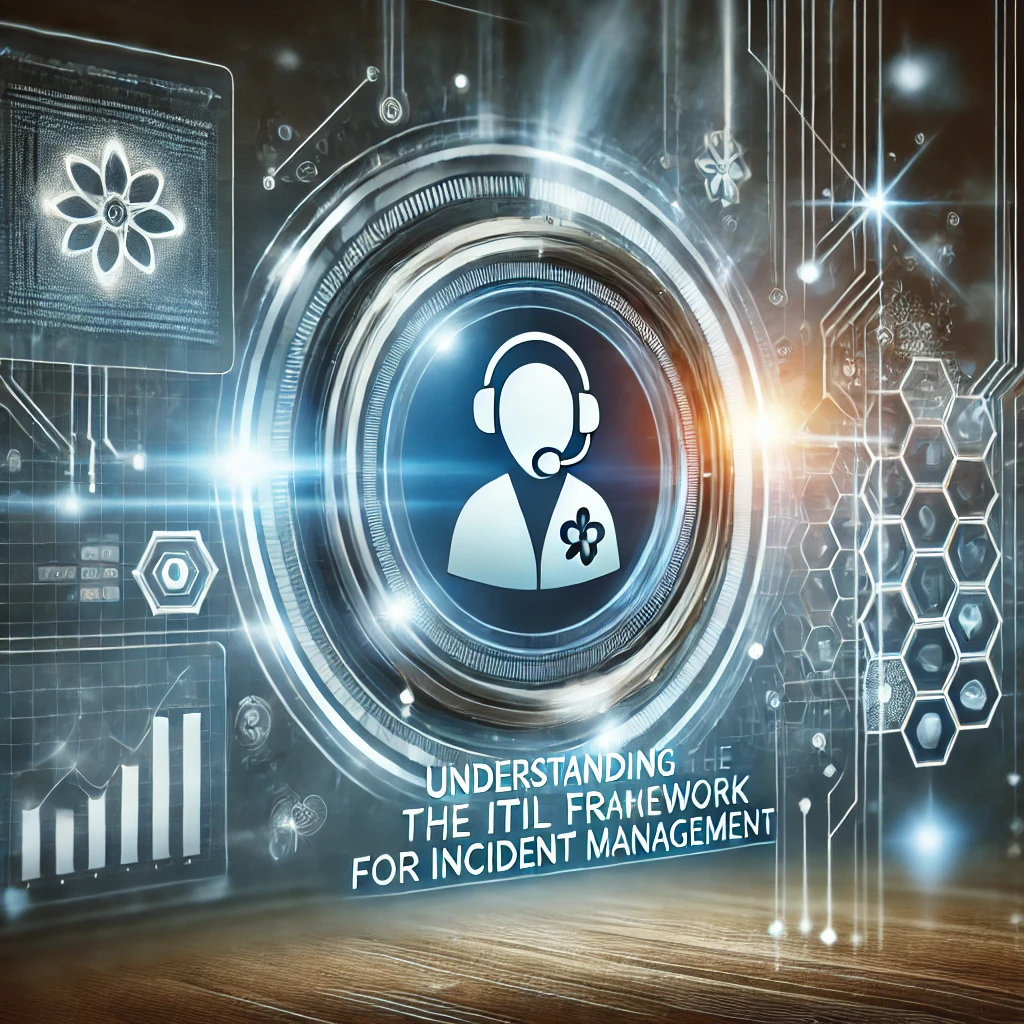🚀 Top Incident Management Tools You Should Know in 2025
🔍 Introduction
Top Incident Management Tools: Effective incident management requires the right set of tools to monitor, detect, and resolve incidents quickly. Choosing the best tools can significantly improve your response time, minimize downtime, and enhance overall IT service reliability. Here are the top incident management tools you should know in 2025.

🛠 1. ServiceNow
Why Use It? ServiceNow is one of the most powerful IT service management (ITSM) platforms, offering a complete incident tracking and resolution system.
Key Features:
- 🔄 Automated incident routing
- 📊 Advanced analytics and reporting
- 🏆 ITIL-compliant workflows
- 🤖 AI-driven recommendations
📢 2. Freshservice
Why Use It? Freshservice provides a user-friendly and AI-powered incident management system designed for both IT and non-IT teams.
Key Features:
- 🎯 Intuitive incident tracking
- 🔔 Automated alerts and escalations
- 🖥️ Cloud-based with easy integration
- 📈 SLA management
⚡ 3. Opsgenie (by Atlassian)
Why Use It? Opsgenie is an on-call alerting and incident response tool that helps teams manage and respond to critical alerts efficiently.
Key Features:
- 🔔 Real-time alerting and escalations
- 📞 On-call scheduling and notifications
- 🛠 Integration with monitoring tools (New Relic, Grafana, etc.)
- 🚀 Post-incident analysis reports
📡 4. PagerDuty
Why Use It? PagerDuty is a leading incident response platform trusted by DevOps and IT teams worldwide.
Key Features:
- 🔔 Intelligent alerting and escalation policies
- 🏃 Automated incident response workflows
- 📲 Mobile and SMS-based notifications
- 🔄 AI-powered event intelligence
📊 5. New Relic
Why Use It? New Relic is an advanced observability platform that helps teams detect and resolve performance issues before they become major incidents.
Key Features:
- 📉 Full-stack monitoring and visualization
- 🚀 AI-driven anomaly detection
- 🔍 Real-time performance analytics
- ⚙️ Deep integrations with cloud platforms
🌎 6. Splunk On-Call (formerly VictorOps)
Why Use It? Splunk On-Call provides a collaborative and AI-driven incident response platform designed for DevOps teams.
Key Features:
- 📲 ChatOps and real-time collaboration
- 🔔 Proactive alerting with intelligent routing
- 📉 Root cause analysis and postmortem reporting
- 🔄 Seamless integration with monitoring tools
🚀 7. SolarWinds Service Desk
Why Use It? SolarWinds Service Desk is an ITSM solution designed to streamline incident tracking and resolution.
Key Features:
- 🏆 ITIL-compliant incident tracking
- 📊 Customizable dashboards and analytics
- 🔄 Automated ticket assignment and workflows
- 🚀 AI-powered service recommendations
🏁 Conclusion
Choosing the right incident management tool depends on your organization’s needs, team size, and IT infrastructure. Tools like ServiceNow, Opsgenie, PagerDuty, and New Relic offer powerful automation and monitoring capabilities that can enhance your incident response strategy. Evaluate each tool’s features and integrations to find the best fit for your business.
Learn More:
📌 Which incident management tool do you use? Let us know in the comments!




